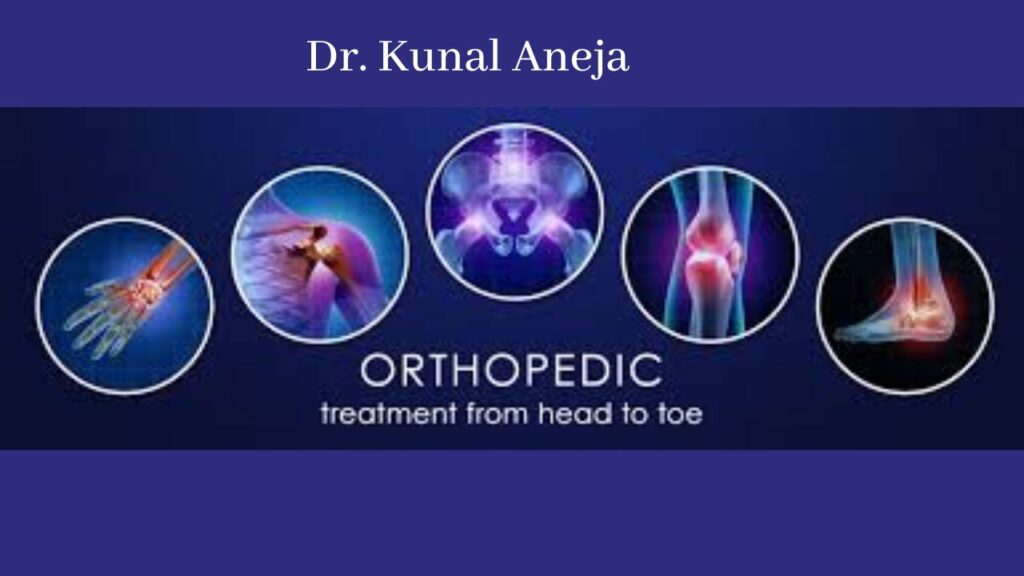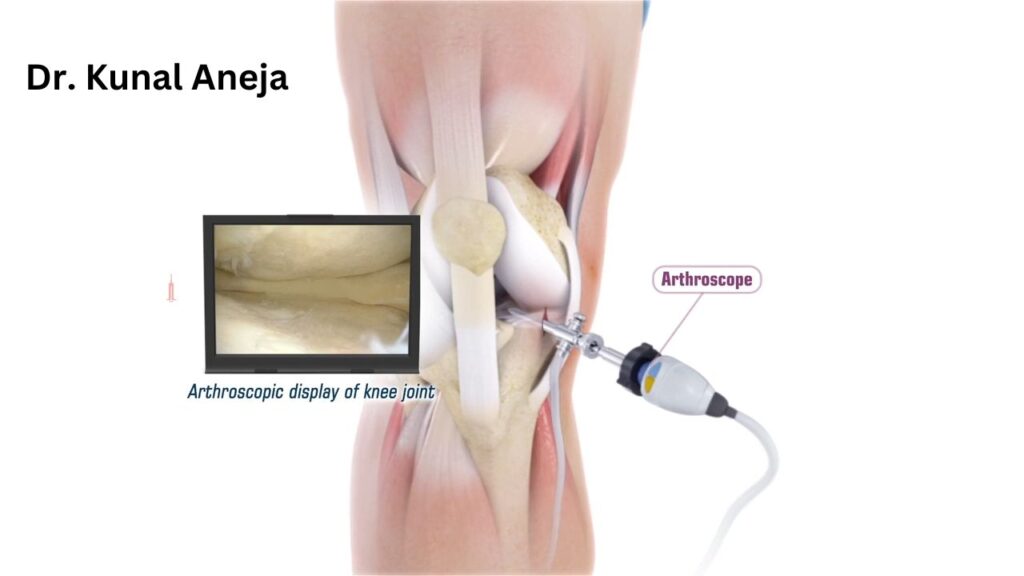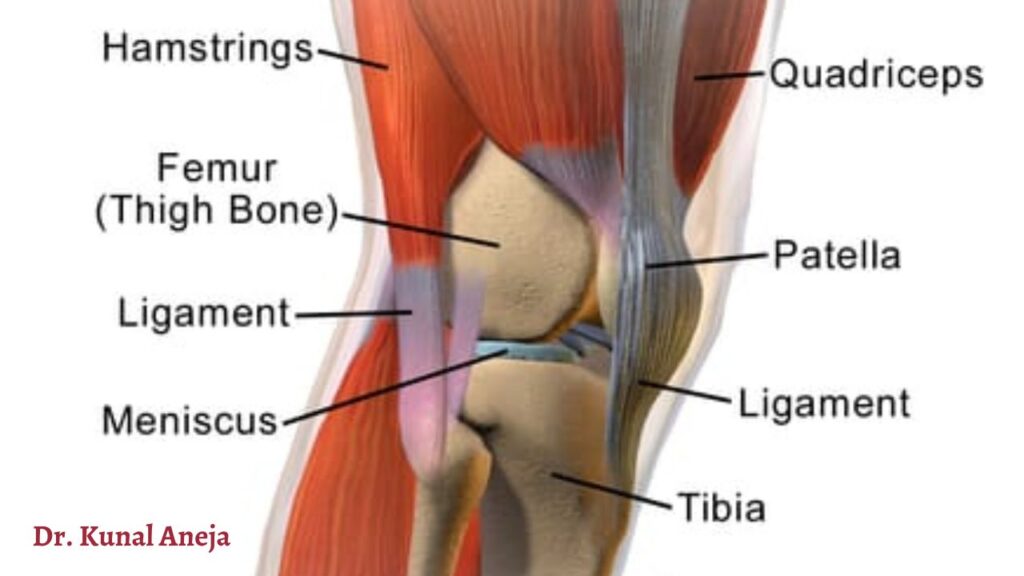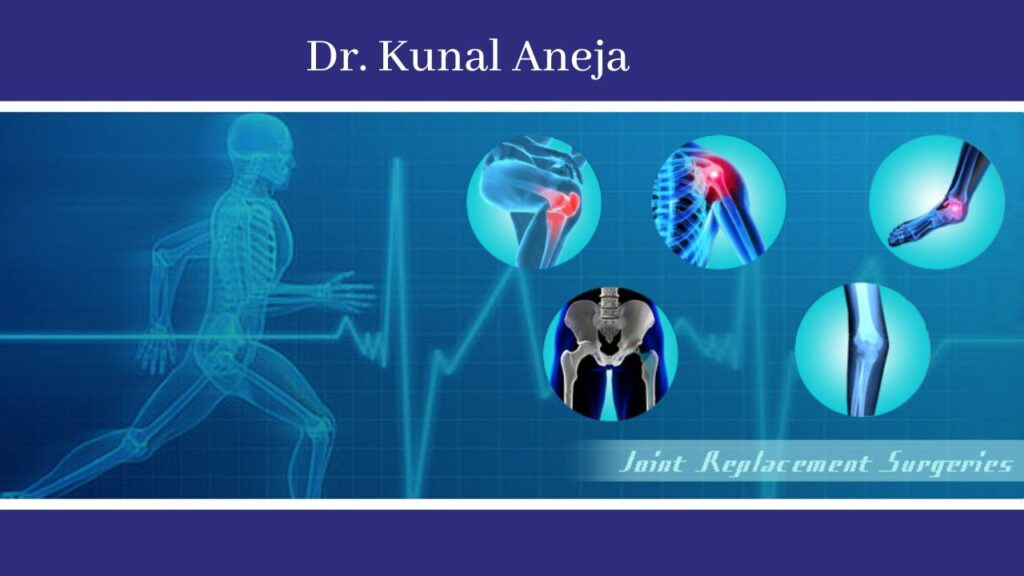Best Meniscus Surgeon In Delhi
Active men and women commonly complain about knee pain, but fortunately, many options available today can relieve that pain, restore function, and even prevent additional joint damage. With significant expertise in state-of-the-art treatments and innovative techniques aimed at helping patients return to their active lives as quickly as possible, Dr. Kunal Aneja provides comprehensive knee pain diagnosis and treatment for patients suffering from torn meniscuses. Dr. Kunal Aneja is Best Meniscus Surgeon In Delhi.

You can schedule a consultation and evaluation with Dr. Kunal Aneja at the Naveda Healthcare Centre by calling (+91) 98112 11503.
What is Meniscus Surgery?
An operation to remove or repair a torn meniscus in the knee, a piece of cartilage, is known as meniscus surgery. The procedure requires a few small incisions and takes about an hour. Recovery and rehabilitation can take a few weeks. An operation to remove or repair a torn meniscus, a piece of cartilage in the knee, can reduce pain, improve mobility and stability, and get you back to normal activities.

What is a meniscus?
There are two menisci in each knee. They’re rubbery, C-shaped cushions that protect the knee joint and reduce friction. If you have a torn or injured meniscus, your healthcare provider may recommend surgery to repair or remove it.
When is it necessary to have a meniscus tear repaired?
Injuries and surgery to the meniscus are common, especially among people who play sports. A sudden twist, turn, or collision can tear the meniscus.
Over time, the menisci get weaker and tear more often in older people. Tears in the meniscus can be a normal part of aging.
A torn meniscus can cause instability in the knee (buckling and giving way), pain, and swelling, or cause the knee to “lock up” or become “stuck.”

Is surgery necessary for every meniscus injury?
For a torn meniscus, some people require surgery, but others do not. The decision depends on the following factors:
- Tear type, size, and location.
- Age.
- Lifestyle and activity level.
- Injuries related to the injury (e.g., ruptured ACL).
- Symptoms (pain, swelling, locking, buckling, etc.)
In the beginning, your healthcare professional may suggest nonsurgical treatments, such as:
- The RICE method refers to rest, ice, compression, and elevation.
- Nonsteroidal anti-inflammatory drugs.
- Physiotherapy.
- Cortisone injections in the knee.

An overview of meniscus tears
There are different ways in which the menisci can be torn, and the type of tear determines the best treatment:
- A flap tear is a horizontal tear on the upper surface of the meniscus that results in a flap of loose cartilage.
- Radial tears begin at the meniscus’s inner edge and extend toward the outer edge.
- Horizontal cleavage tears occur in the body of the meniscus (rather than the edge).
- Bucket-handle tears are vertical (lengthwise) tears that leave loosened tissue resembling a bucket handle.
- The meniscus wears and frays as a result of degenerative tears.
Those suffering from a torn meniscus may experience sharp pain in their knee joint, swelling, stiffness, and a “catching” sensation when the joint is moved. They may also experience a “popping” sensation at the time of the tear.

What are the Different Approaches to Meniscus Repair?
Your doctor may recommend the following treatments:
- Arthroscopic repair:
- An arthroscope is inserted into a small incision on your knee to examine the tear, and then small, dart-like devices are placed along the tear to stitch it up. These devices dissolve over time.
- Arthroscopic partial meniscectomy:
- Your knee function will be normalized by removing part of your torn meniscus.
- Arthroscopic total meniscectomy:
- The entire meniscus is removed during this surgery.

How do they benefit you?
The following are some of the benefits of meniscus repair surgery:
- Assist you in returning to sports and other activities.
- Make sure your knee is stable.
- Relieve the pain or lessen it ultimately.
- Enhance mobility.
- Reduce the risk of arthritis by preventing or delaying its development.
How Complicated Is This Process?
Complications from meniscus repair surgery are rare but can include the following:
- Clots in the blood
- As we age, we are more likely to develop knee arthritis
- Knee bleeds
- Surgery-related infection
- You can injure the blood vessels and nerves around your knee
- Stiffness of the joints
- Having problems with the heart or lungs as a result of anesthesia
Summary
Having a torn meniscus repaired can restore the stability of your knee joint. Rehabilitation and physical therapy will accelerate the healing process and ease your pain.
Dr. Kunal Aneja is the best orthopedic specialist near you if you suffer from knee pain that interferes with your daily activities.

